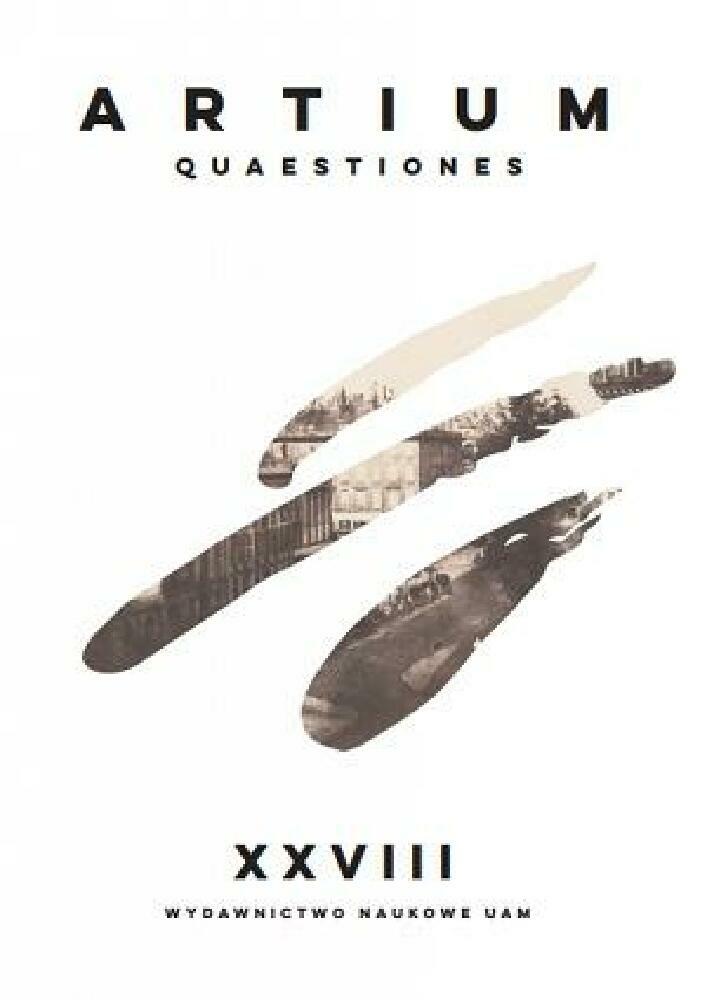Abstrakt
The paper focuses on the New Vision – one of the most important developments in the history of the twentieth-century photography, whose ambition was to modernize human perception, hence also society. A project with such an objective, characteristic of the avant-garde, required not only the use of photography as a tool of “ocularcentrism,” to use a term coined by Martin Jay, but also some more solid epistemological and ontological foundation. The author analyzes the project of the New Vision, introducing two interpretive contexts, i.e. astrology and astronomy, which are understood as specific paradigms of cognition and knowledge. First, both concepts are located in a more general discourse of the philosophy of history (Nietzsche, Benjamin), and second, they are related to the practice and theory of the New Vision and the idea of developing a new vision of reality, shown at the famous “Film und Foto” exhibition (Stuttgart, 1929). The basis of the present interpretation is methodological reflection on the ideologization of photography in the so-called revisionist studies which favor the critique of the apparatus of power. Instead, the author proposes a concept of photographic vision connecting the picture and the spectator or, in other words, calling for taking into consideration the process of reception. This proposal, close to Hans Belting’s anthropology of the image, renounces the idea of the passive spectator, subject to the picture, in favor of the analysis of its perception. In the context of the New Vision, the picture-spectator relationship has been approached in terms of astrology and astronomy.Licencja
Prawo autorskie regulowane jest oświadczeniem autora przygotowanym przez Wydawnictwo Naukowe UAM a od nr XXVIII także umową licencyjną na publikację online zawartą pomiędzy Autorem i Uniwersytetem im. Adama Mickiewicza. Autorzy ponoszą odpowiedzialność za oryginalność zamieszczanego materiału tekstowego oraz regulację praw autorskich dotyczących materiałów ilustracyjnych. W przypadku, gdy materiały pochodzą od redakcji – odpowiedzialność ponosi redakcja czasopisma.
Ten utwór dostepny jest na licencji Creative Commons Uznanie autorstwa - Użycie niekomercyjne - Bez utworów zależnych 4.0 Międzynarodowe.
